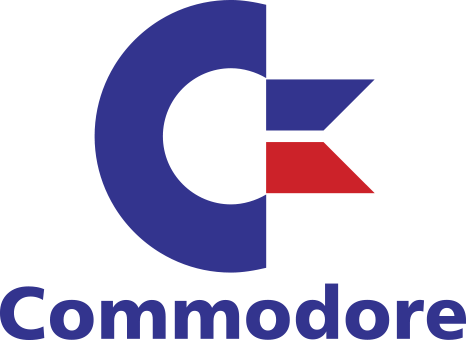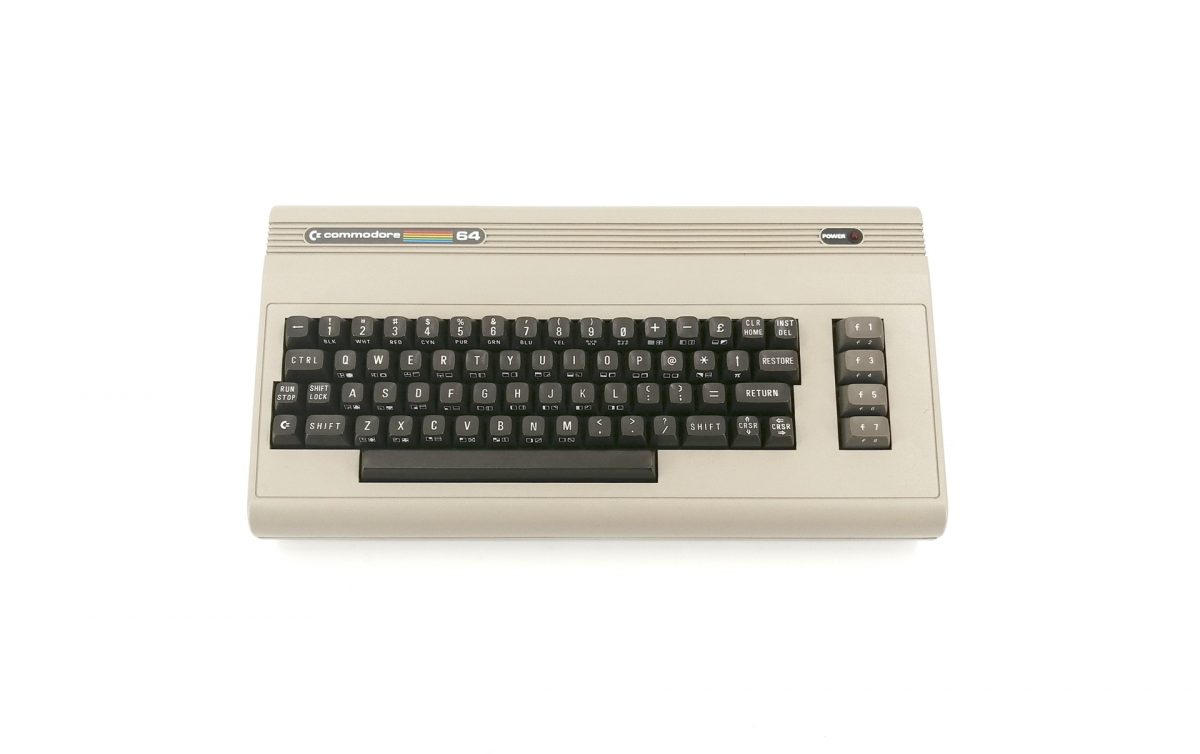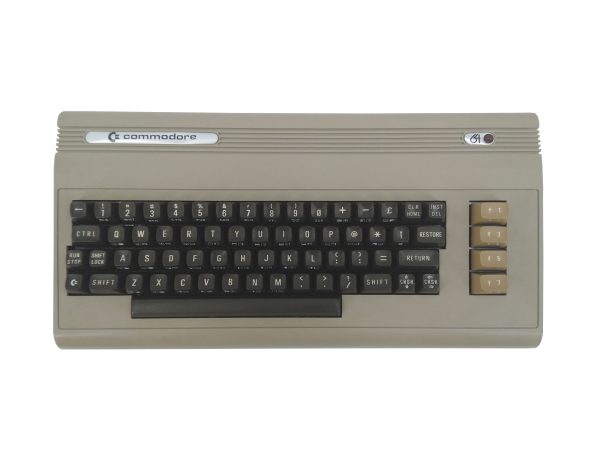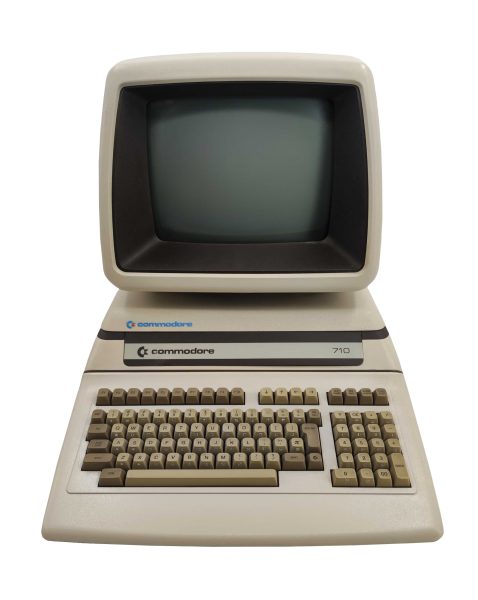Commodore 64
The Commodore 64 is an 8-bit home computer which was released by Commodore in 1982. Considered by many to be a true retro computing icon, the C64 holds the distinction of being the best-selling individual computer model in history.
Commodore 64
The Commodore 64 is an 8-bit home computer which was released by Commodore in 1982. Considered by many to be a true retro computing icon, the C64 holds the distinction of being the best-selling individual computer model in history.
Commodore introduced (and started its production of) the C64 at the Consumer Electronics Show in January 1982 and the machine was officially released later that year in August, its introductory price being $595 (about $2000 in 2025). The original C64 computer was nicknamed the "breadbox" and Commodore later revised the model twice by introducing the C64C and the C64G.
The Commodore 64 was an enormous leap forwards for computer development: the graphical capabilities of the machine were very advanced, meaning that game sprites looked much better. The audio of the system was also very advanced. This was due to the famous 'Sound Interface Device' (SID) audiochip, which produced sound which some composers (such as Rob Hubbard and Jeroen Tel) still use to make music to this day. The name 'Commodore 64' refers to the computer's memory, with the C64 having 64 kilobytes (65,536 bytes) of RAM.
The Commodore 64 is officially recognised by Guinness World Records as the best-selling individual computer model in history and independent sources estimate that the total number of sold units is between 10.5 and 17 million. During the mid-1980s, Commodore sold approximately 2 million C64s per year and, in the United States alone, held a market share of approximately 30-40%.
The C64 was a very successful and popular computer internationally, with few exceptions. Though other factors must have also contributed, these exceptions mostly came in the form of tough markets; countries where computers made by native companies were more popular than the foreign-made Commodores whichm sometimes failed to make as big of an impact. In the United Kingdom, for instance, Commodore had competition in the form of the BBC Micro, the ZX Spectrum and later also the Amstrad CPC 464. That being said, Commodore was still the number two in Britain behind Sinclair. In France, where both British (such as the previously mentioned Spectrum and CPC 464) and French-made computers (the Thomson MO5 among others) dominated the market, it was even harder. Japan was the most difficult market for Commodore to enter, due to the high popularity of the natively-made machines by companies such as Sharp, Fujitsu and MSX. Commodore only survived approximately six months in the Japanese market before leaving it.
Museum Collection
Documents
Commodore 64 User(s) Guide
Gebruikershandleiding (Engelstalig)








